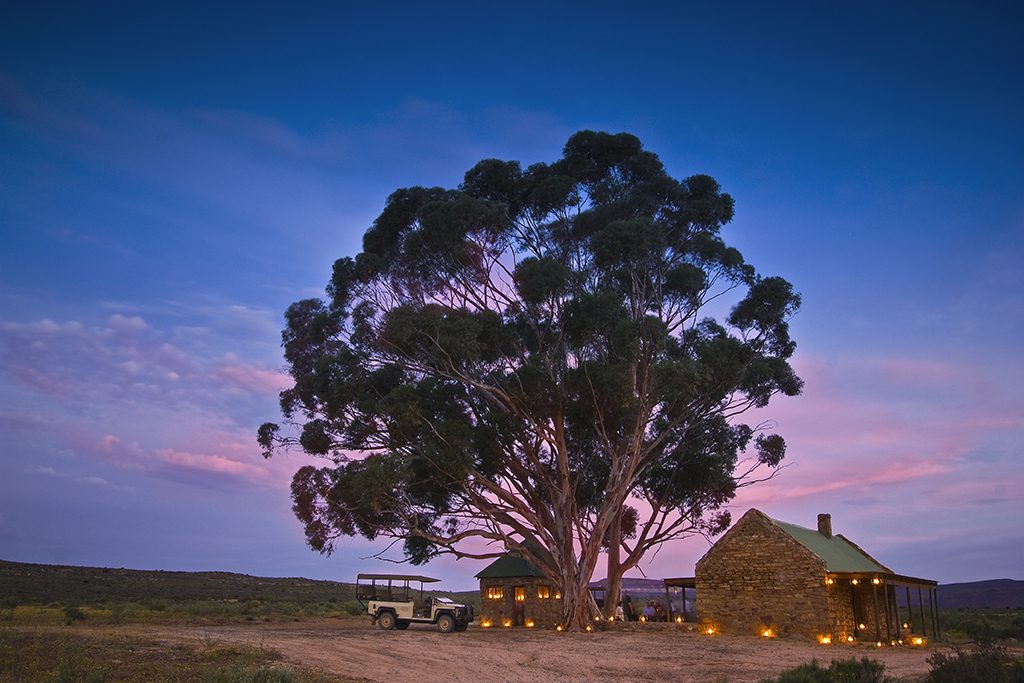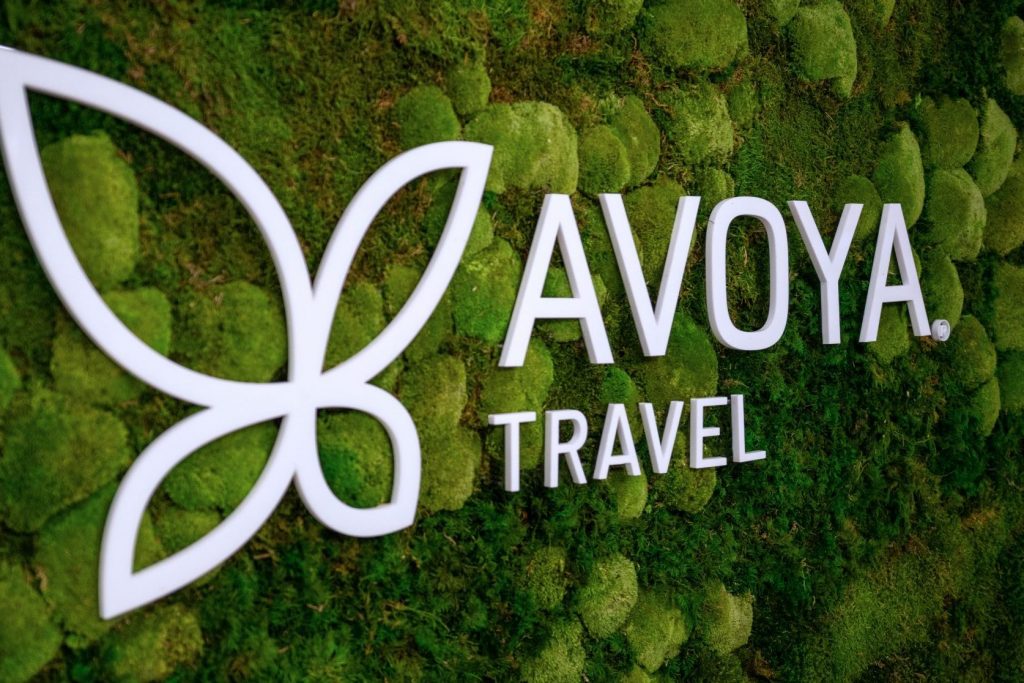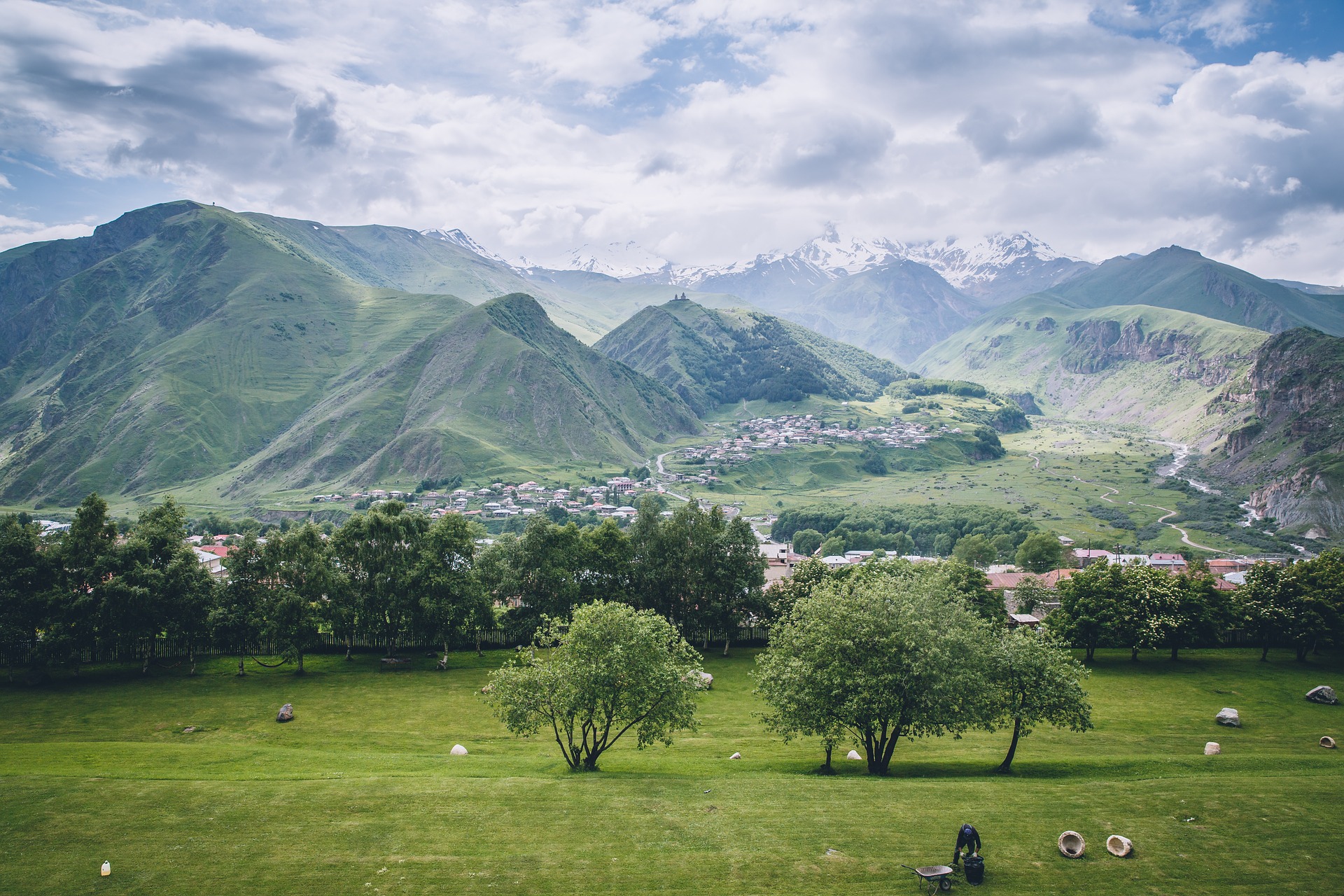Cathay Pacific Calls on 27,000 Workers to Take Unpaid Leave As Airline Struggles From Virus Outbreak
Cathay Pacific Airways planes parked at the Hong Kong International Airport. The airline is asking its 27,000 employees to take three weeks of unpaid leave while the Hong Kong carrier struggles with plunging revenue due to China’s virus outbreak. Vincent Thian / Associated Press














